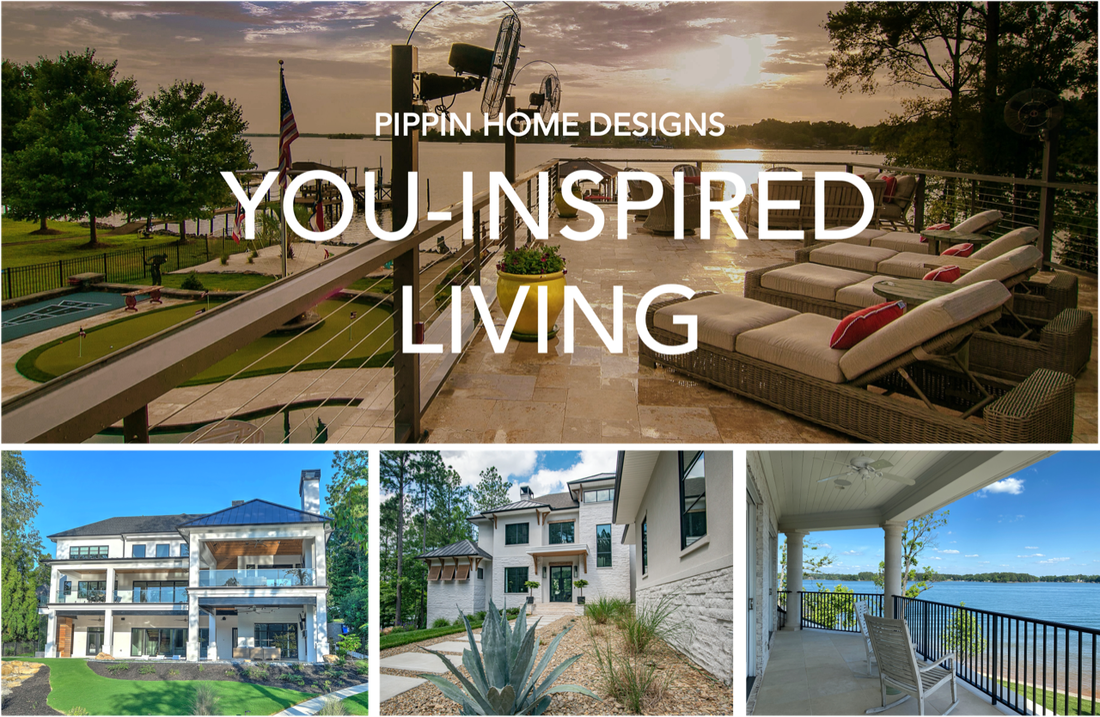

Let’s be honest, there are likely aspects of your home that literally make your life harder.
You may love your home, yet the obstacles it presents need to change if you plan to live there for many more years. Or perhaps you’ve grown so accustomed to these challenges that you don’t even realize the impact it’s having on your life.
Whatever home issue ails you; I want you to know that you have options!
If you’re feeling inspired to live an easier homelife, you’ve come to the right place. In our Design Dilemma Series #5: Make My Home Easier to Live In, I share my story of a horrible accident that rendered me disabled for many months. Then, I discuss Accessible and Universal Design and how these techniques can make your home life significantly easier. Finally, I show photos of what ease of living looks like.
Planning to Age-in-Place-With-Grace
More than 80% of people over 65 want to age-in-place in their current homes. If you feel inspired to stay in your home as long as possible some insight into your future is required to assure your home can accommodate your changing needs as you age.
Planning for the Unplannable
Data collected in 2018 by the CDC showed that 61 million adults in the United States live with some form of disability. That’s 26% of the population or 1 in 4 adults.
Another statistic shows that 2.8 million kids age 5-15 also have a disability. If you feel inspired to accommodate someone with limitations in life, now or in the future, incorporating Accessible and Universal design will create ease for everyone.
Don’t Wait for a Near Death Experience!
Considering factors like accessibility and maneuverability in a home were made real to me when I came face to face with my own temporary disability.
At the age of 26, I was in a near fatal car crash. I was thrown through the sunroof of my car as it flipped end over end. My back was broken in 2 places. In the blink of an eye, I went from a fully able bodied healthy young woman to being severely, though temporarily, disabled. I was in a body cast for 4 months and endured limited mobility for a very long time. My rental home at the time had a long narrow hallway with a 90 degree turn in it that didn’t allow for a hospital stretcher to maneuver through to access the bedrooms. I had to rent a hospital bed and place it in the front living room for 4 months while I recuperated before I was able to walk again. Even after the cast was removed, I had to wear a back brace for several more months. Simple things like bending over to load the dishwasher or struggling to reach the top shelf in a cabinet became difficult. Though there was no way I could have seen this coming, I recognized the challenge my home suddenly presented due to the original designer simply not taking Accessible and Universal Design into consideration. This experience inspired me to incorporate future planning and designing for needs not yet realized in all my homes.
More about Jenny’s story in the next blog series.
What is Accessible Design?
Accessibility in reference to home design is a term coined in 1990 with the passing of the Americans with Disabilities Act. The intention of Accessible Design is to meet the functional limitations of people with disabilities and other physical challenges, be they short term or permanent.
What is Universal Design?
Universal Design is a broader concept using techniques that take into consideration EVERY possible challenge and limitation in life.
A Universal Home is designed with spaces and products that are easily usable by ALL people; healthy and ill, able bodied and physically challenged, young and old, tall and short, male, female, and everything in between. Universal Design is Inclusive Design! Regardless of individual abilities or circumstances, Universal Design empowers homeowners and their visitors to carry out routine household activities with ease and without the need for adaptation.
Elements of Accessible and Universal design are convenient for you now
and may become a necessity for you or someone you love in the future.
Examples
There are countless creative aspects to Accessible and Universal Design. The following are a few that spark the most inspiration in my clients:
Barrier Free Entry: Level yards with no stairs outside for ease of entry.
Minimize Stairs Within the Home: Add an elevator or plan one into the design for future completion with stacked closets (5 ft x 6 ft or larger) on each level.
Kitchen Countertop Adjustments: A seated prep work area in the kitchen and roll under countertops, sinks, and cooktops for wheelchair accessibility.
Modified Appliances: Cooktops with front mounted controls to eliminate the need to reach over hot burner to adjust heat.
Modified Cabinets: Drawers as opposed to traditional cabinets reduces the need to bend down and dig through to find items.
Bathroom Shower Modifications: Curbless showers that eliminate the need to step over a threshold to access the shower.
For a more extensive checklist see our article
'Accessible and Universal Design: Why Now vs Later?'
How Much is this Going to Cost?
Accessible and Universal homes are NOT more expensive than standard homes, they’re just smarter! Many items are simply about design, placement, or product selection.
In fact, incorporating these forms of intelligent design increases the value of your home and offers long term cost savings. When your home is able to support in home care on an as needed basis, the future expense of an assisted living facility is not needed. We love getting really creative and thinking outside the box to design intelligent, forward-thinking, and beautiful solutions to potential future challenges and inevitable life changes. I intend you look into the crystal ball of your future to determine how your home can make your life as easy as possible for all your days to come. Inspired by you,
Jenny Pippin, CPBD, FAIBD, CGP
Pippin Home Designs
2 Comments
Bernie Kern
9/8/2021 02:43:14 pm
Thank you for sharing your story. Universal Design is a priority in all of my designs and I am grateful that you share information that allows me to continue learning. Good job on this blog!
Reply
9/13/2021 07:42:38 pm
You're welcome, Bernie!
Reply
Leave a Reply. |
AuthorI am Jenny Pippin, founder of Pippin Home Designs and creator of my own inspired living. I grew up as an ordinary southern girl, working in the fields of my family’s tobacco farm. It didn’t take me long to realize I had greater gifts and so I chose to step into my power and create my own path in life, inspired by my heart’s true passion. (More on my personal story HERE!) Archives
February 2024
Categories
All
|
Award-Winning Homes with a View
Copyright 2020. Pippin Home Designs. All rights reserved.
ARCHITECTURAL DESIGN COPYRIGHT NOTICE
1987-2024 Copyright. Jennifer B. Pippin FAIBD, CPBD. Pertaining to all home designs, drawings, and photographic imagery of completed designs
presented herein. No part of the contents of the design work presented on this website may be reproduced or transmitted in any form or
by any means, electronic or mechanical, for the purpose of replication or adaptation. This material is intended to provide accurate and
authoritative information about the design abilities and expertise of Jennifer B. Pippin FAIBD, CPBD and Pippin Home Designs.
ARCHITECTURAL DESIGN COPYRIGHT NOTICE
1987-2024 Copyright. Jennifer B. Pippin FAIBD, CPBD. Pertaining to all home designs, drawings, and photographic imagery of completed designs
presented herein. No part of the contents of the design work presented on this website may be reproduced or transmitted in any form or
by any means, electronic or mechanical, for the purpose of replication or adaptation. This material is intended to provide accurate and
authoritative information about the design abilities and expertise of Jennifer B. Pippin FAIBD, CPBD and Pippin Home Designs.


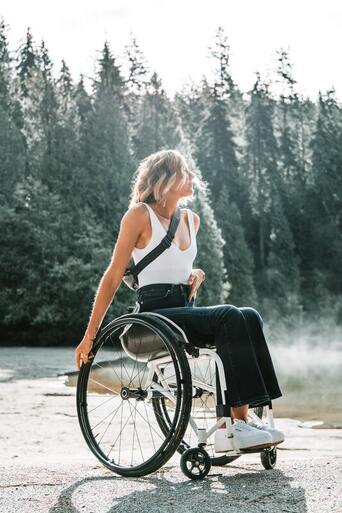

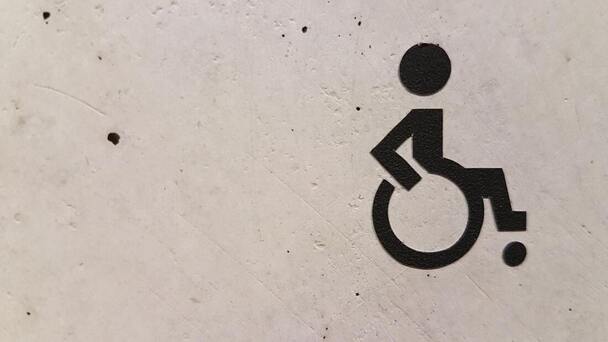

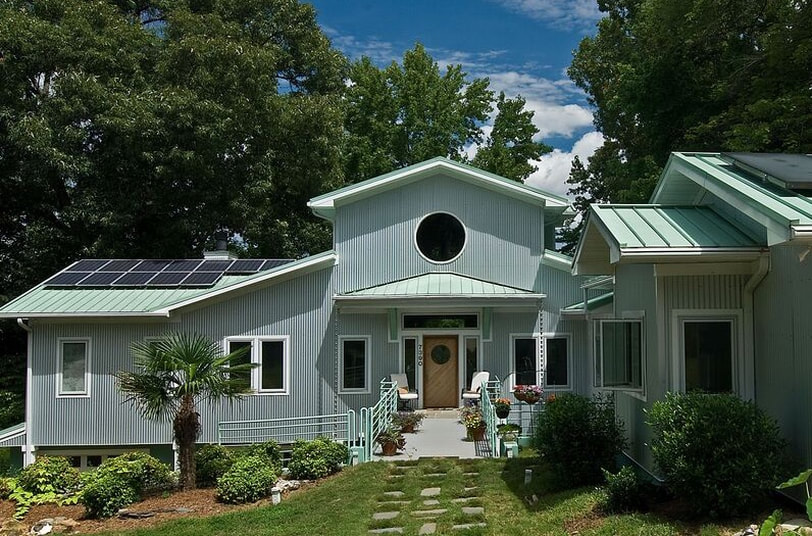
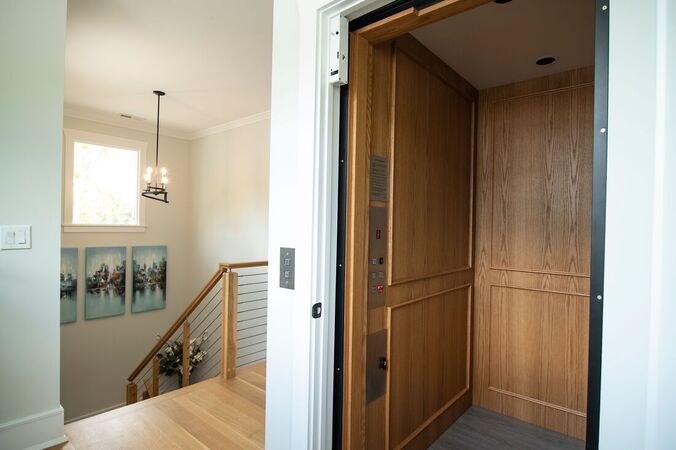
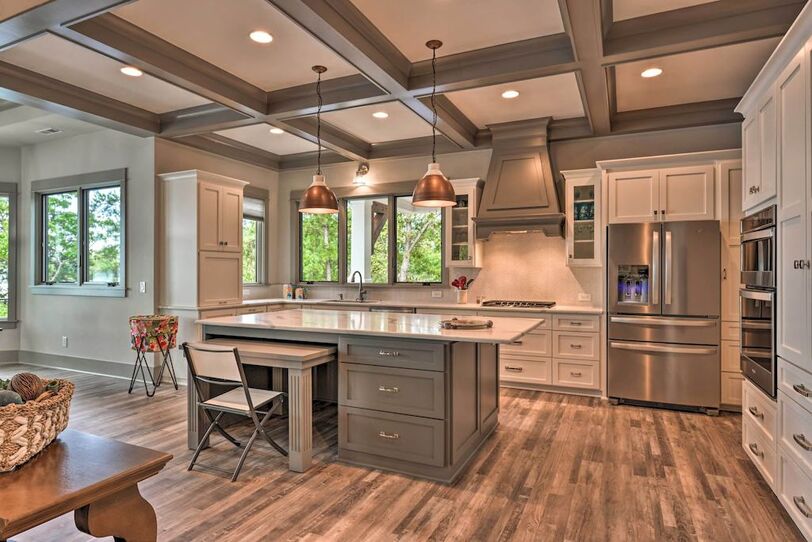
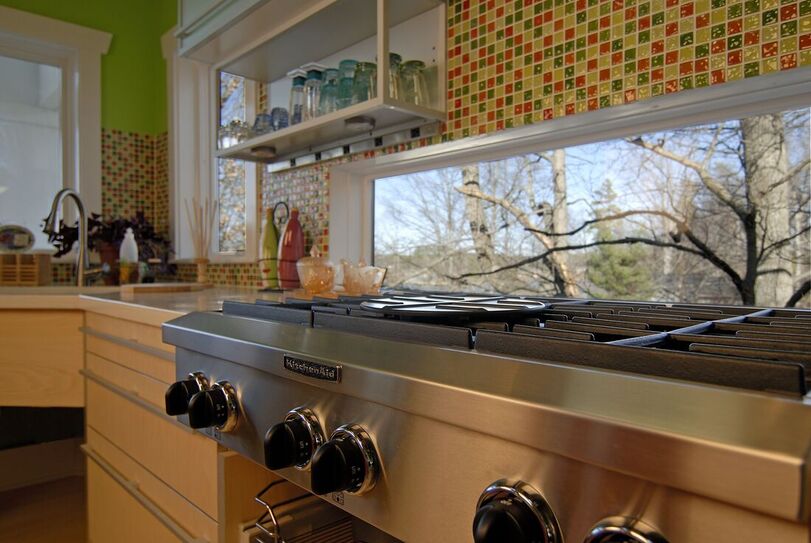
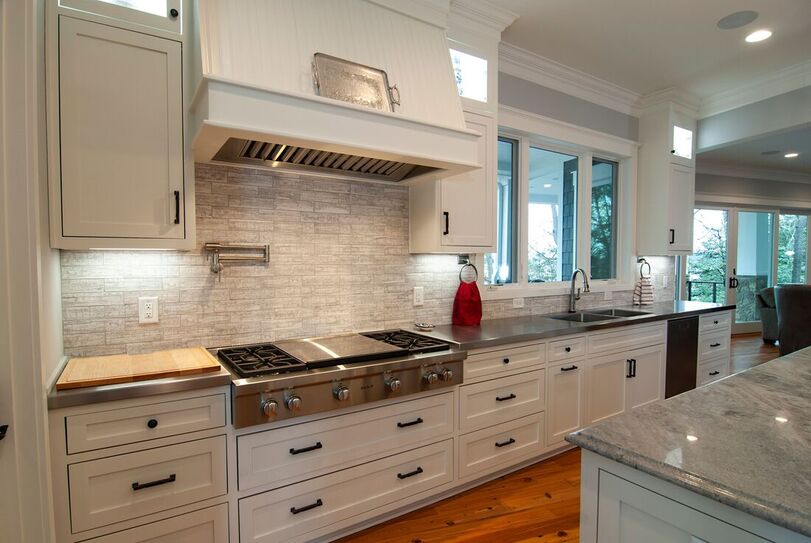
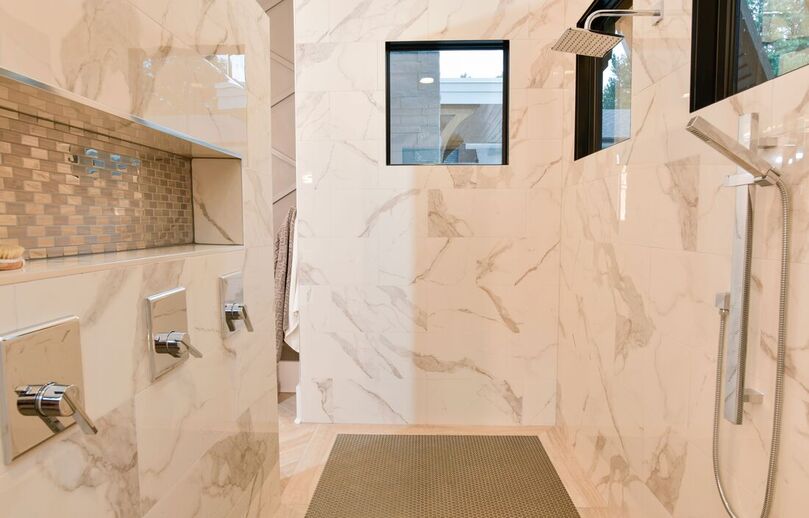
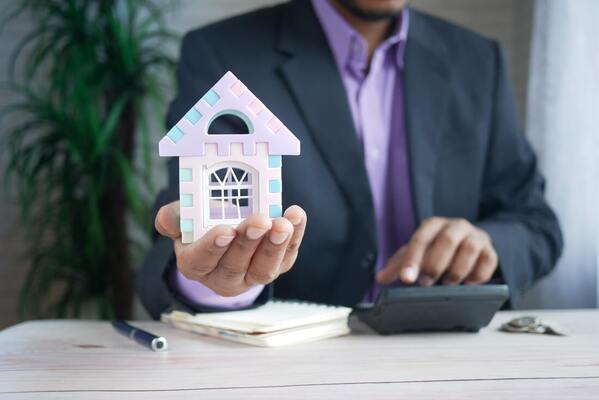

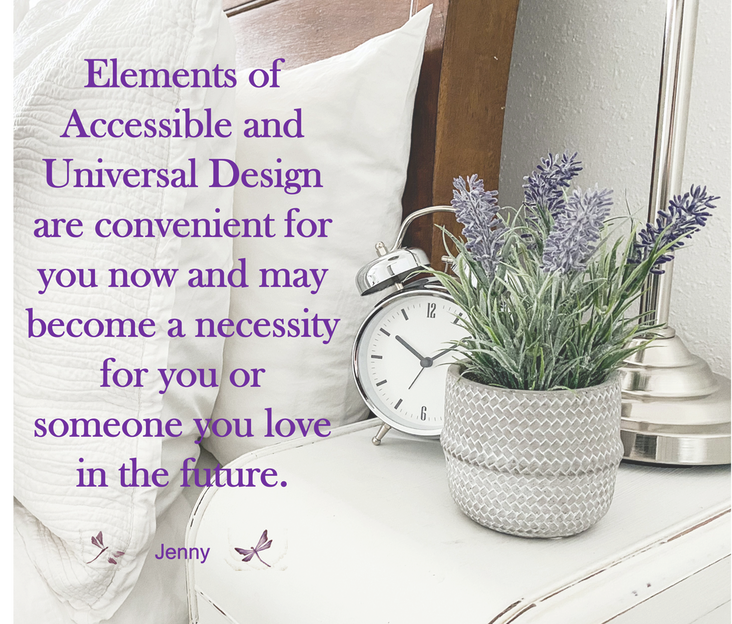
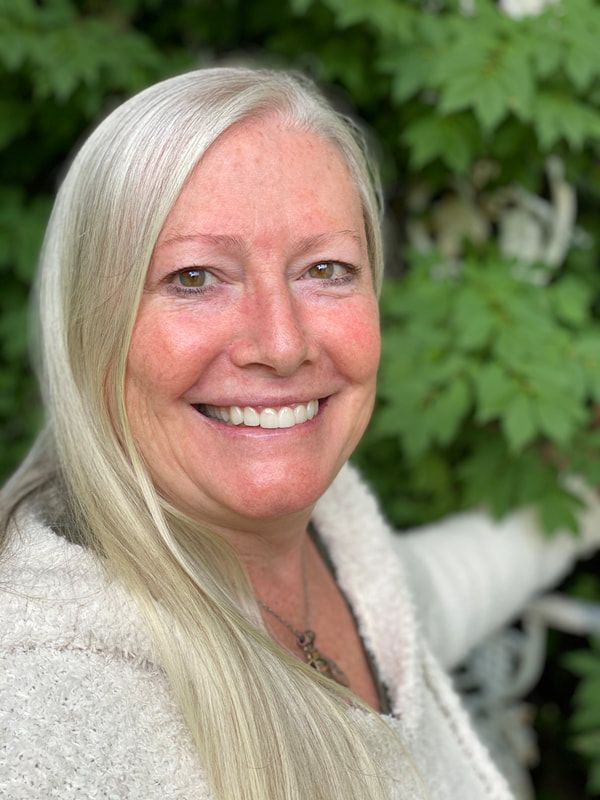
 RSS Feed
RSS Feed
